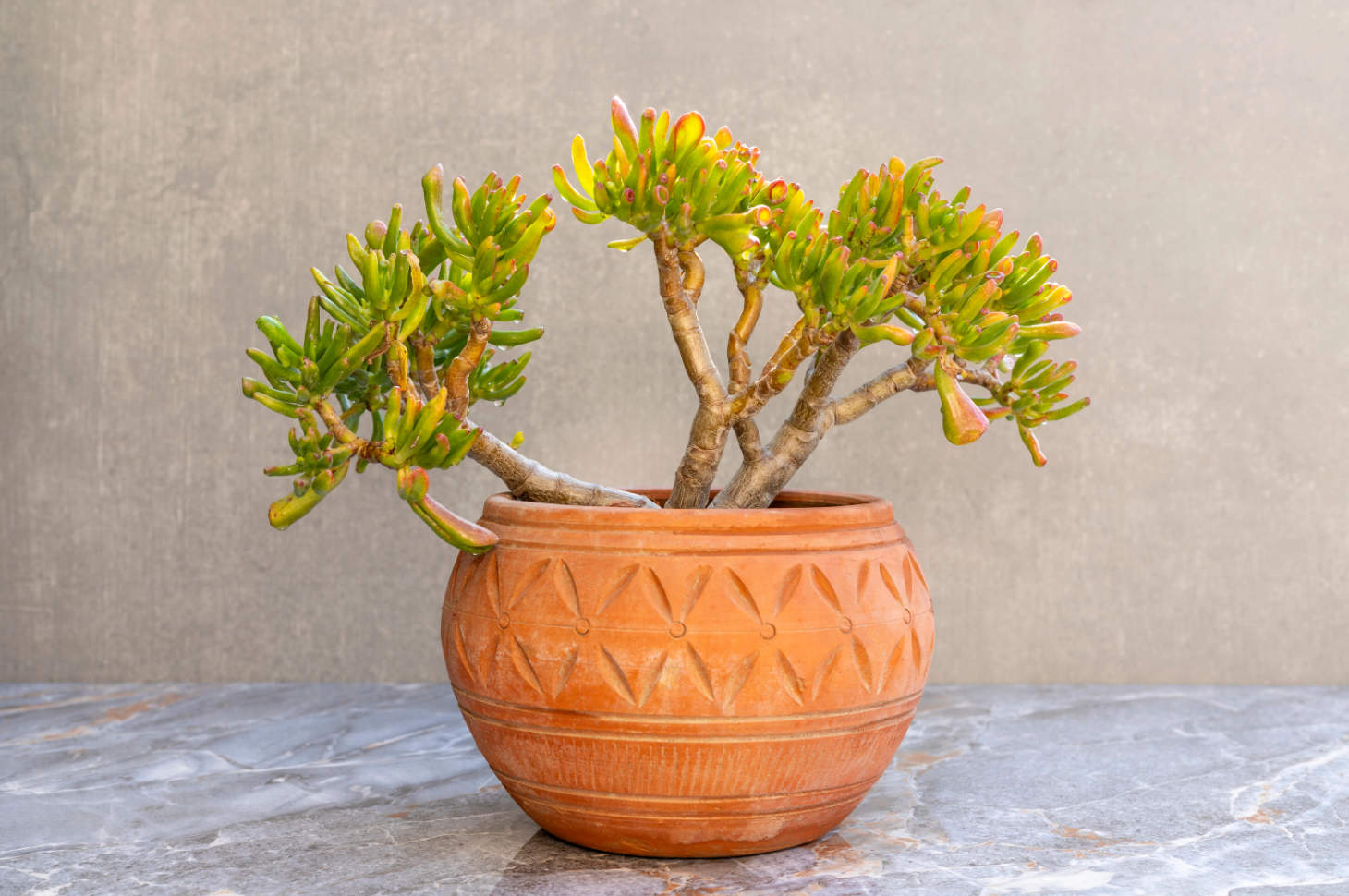Succulent Container Gardening
Succulent container gardening gives you a simple way to grow hardy plants with striking shapes and colors in almost any space. You can create a low-maintenance garden that thrives with minimal water and care while still looking stylish and unique. Whether you want a small display indoors or a bold arrangement outdoors, succulents adapt well to different containers and conditions.
You’ll learn the basics of planting and caring for succulents so they stay healthy without extra effort. From soil choice to watering habits, understanding these fundamentals helps you avoid common mistakes and keep your plants thriving.
Once you know the essentials, you can explore creative design ideas that turn plain pots into eye-catching displays. With the right approach, your containers can highlight textures, colors, and shapes that make succulents stand out in any setting.
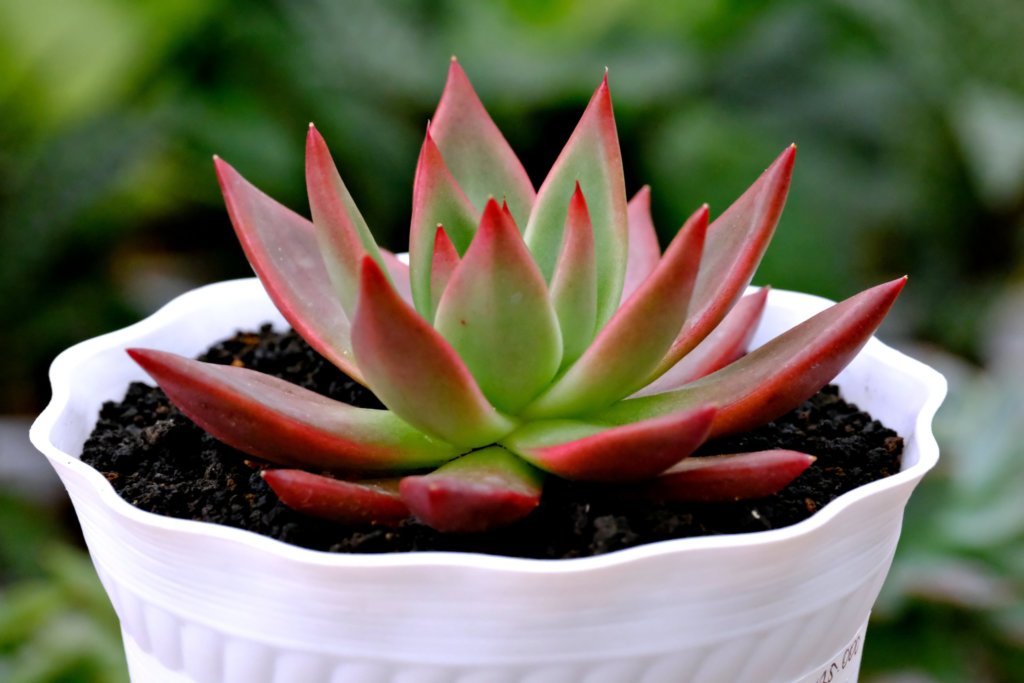
Fundamentals of Succulent Container Gardening
Successful succulent container gardening depends on healthy plants, the right container, and soil that drains well. Each of these choices affects how long your succulents last and how little care they need.
Choosing the Right Succulents
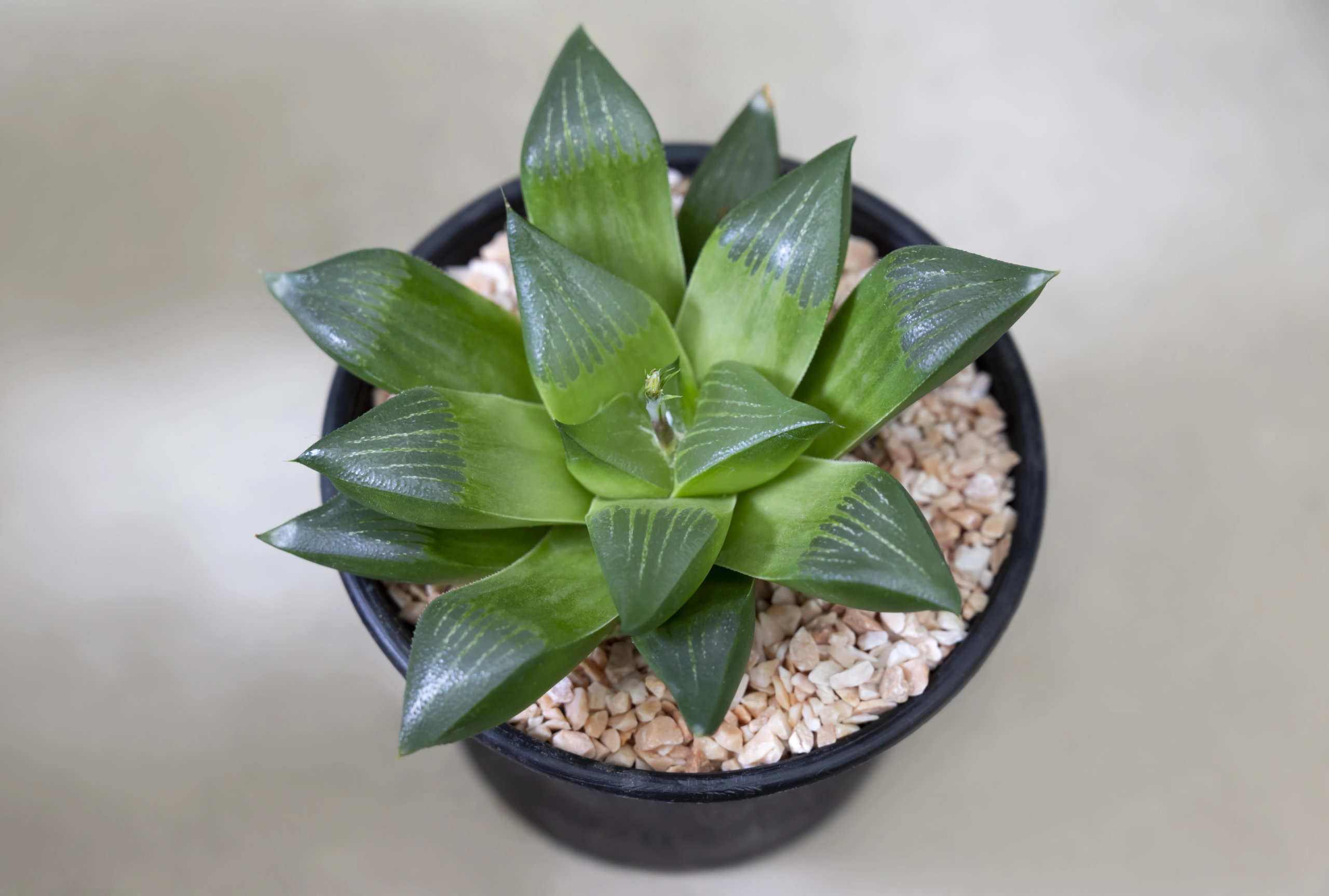
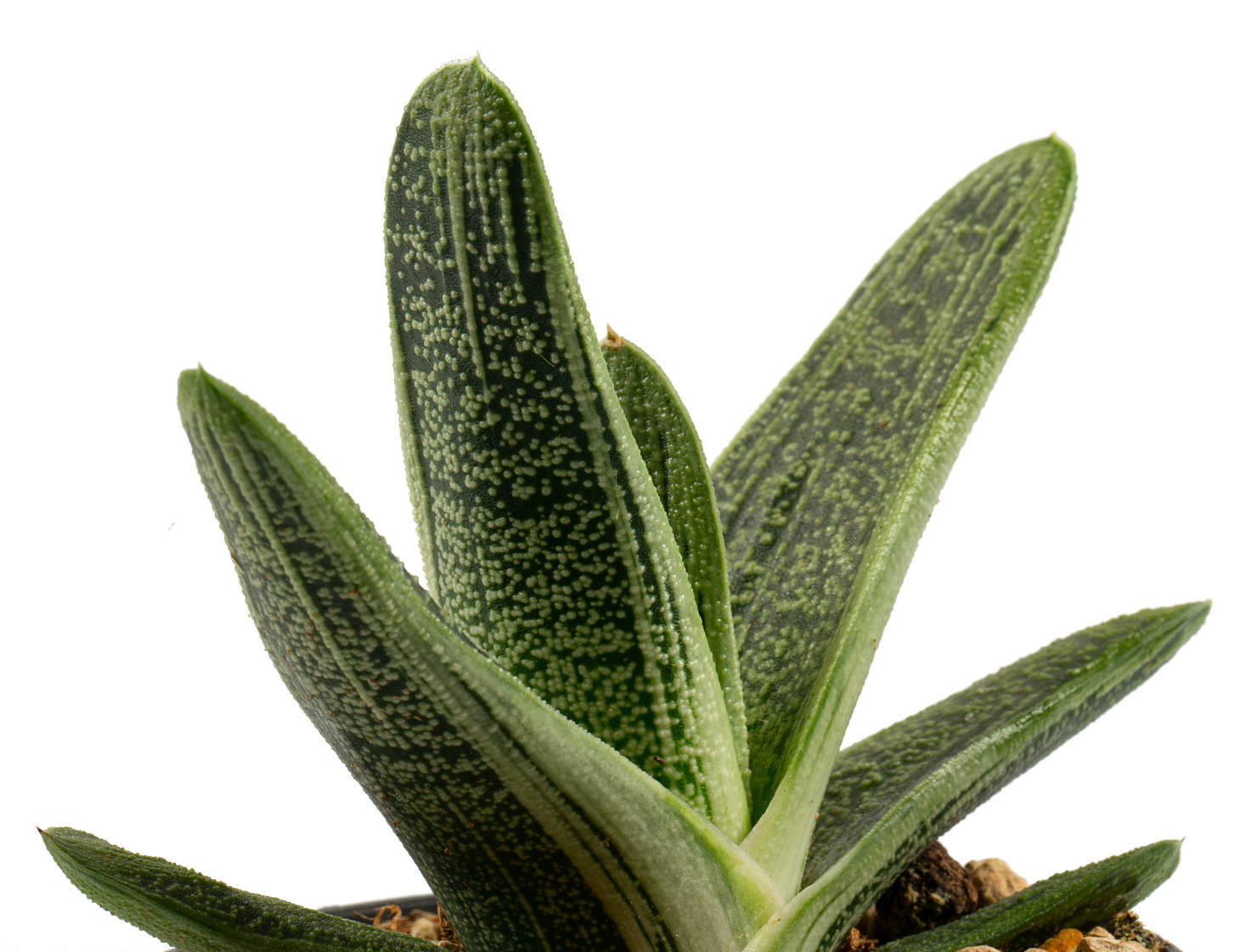
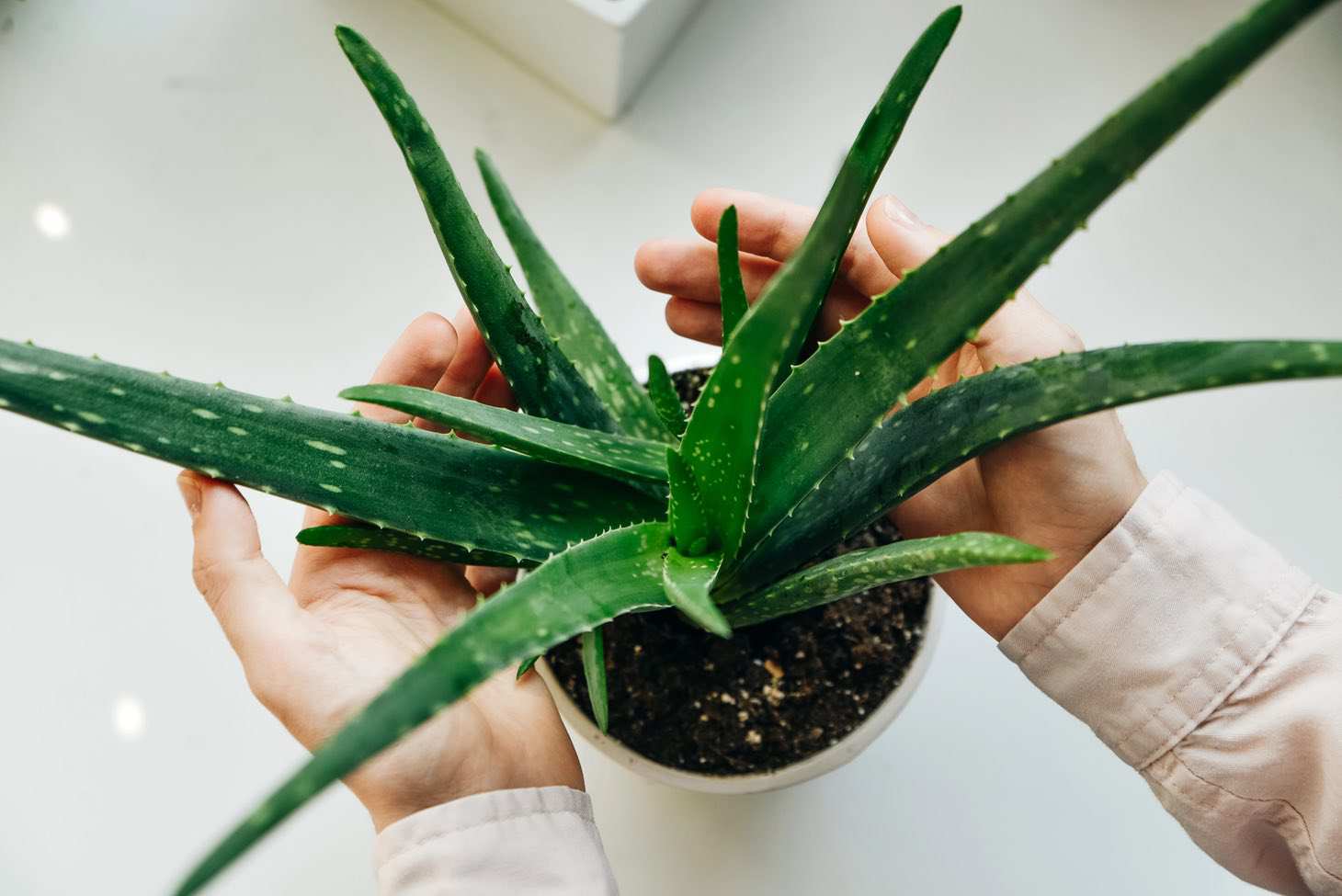
You should select succulents that match your growing conditions. If you plan to keep them indoors, choose varieties such as Haworthia, Gasteria, or Aloe, which tolerate lower light. For outdoor containers, sun-loving options like Echeveria, Sedum, or Sempervivum work well.
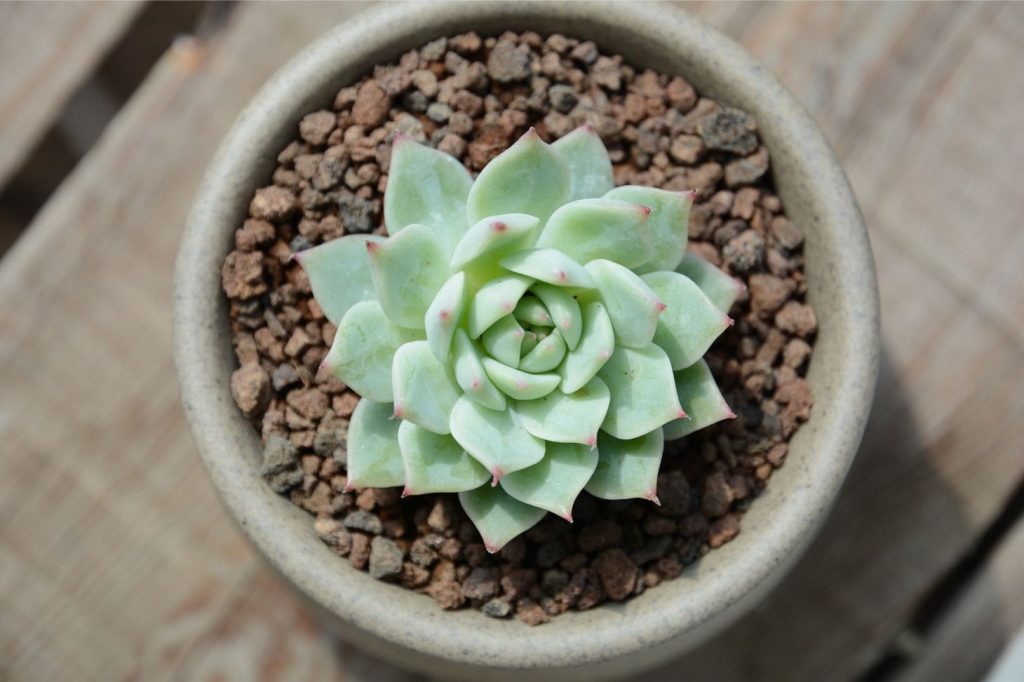
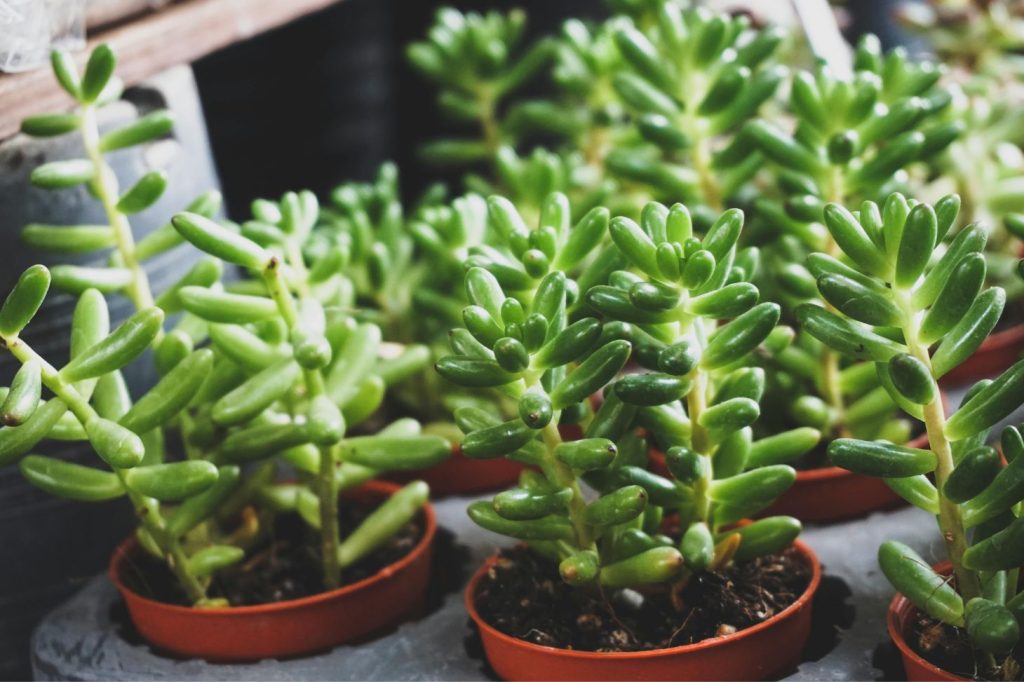
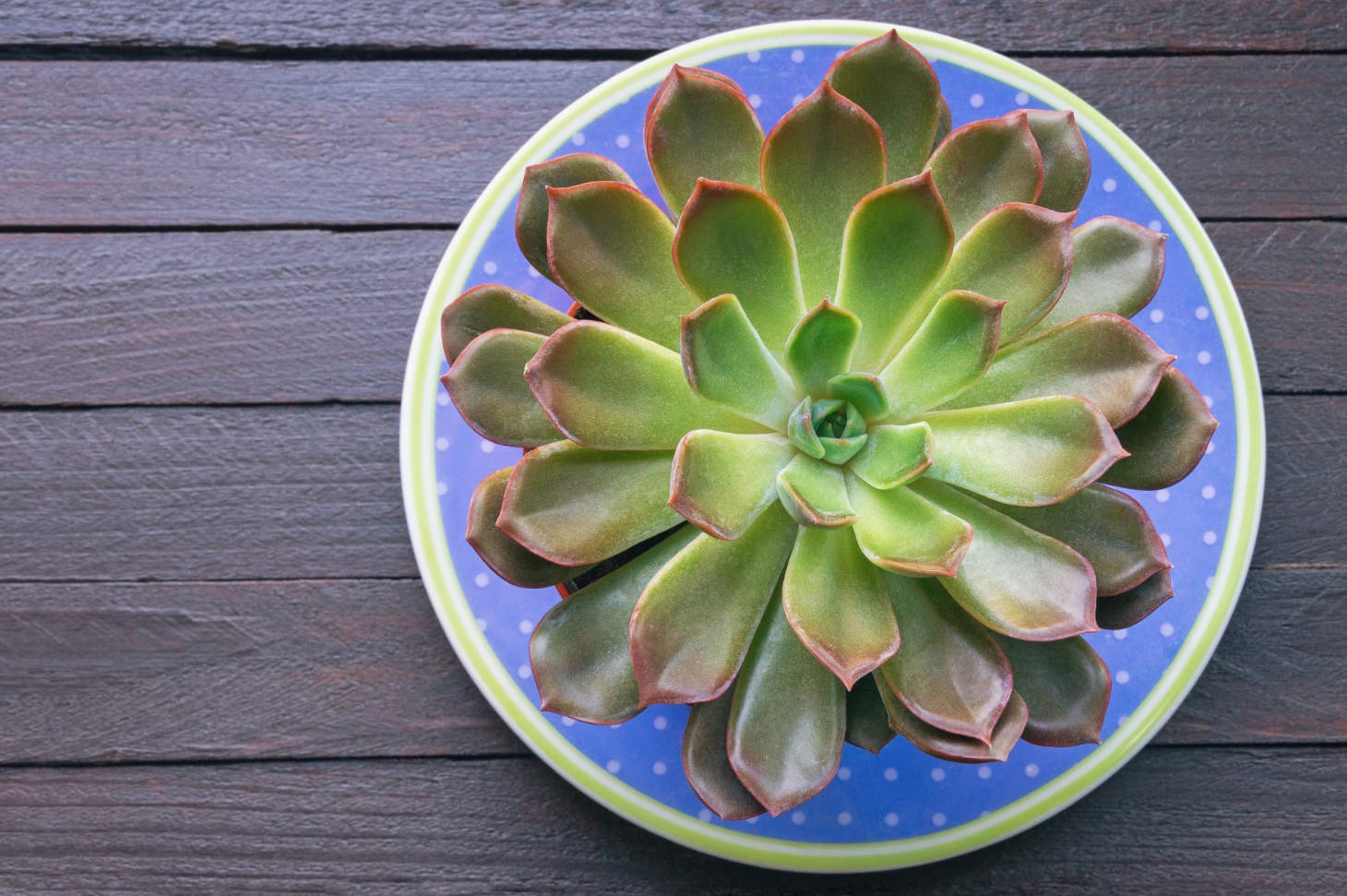
Pay attention to size and growth habits. Some succulents stay compact, while others spread quickly. Mixing tall, trailing, and rosette-shaped plants creates visual balance.
It helps to group plants with similar water and light needs. For example, don’t combine shade-tolerant succulents with species that need full sun. Keeping conditions consistent makes care simpler and reduces stress on the plants.
Selecting Suitable Containers
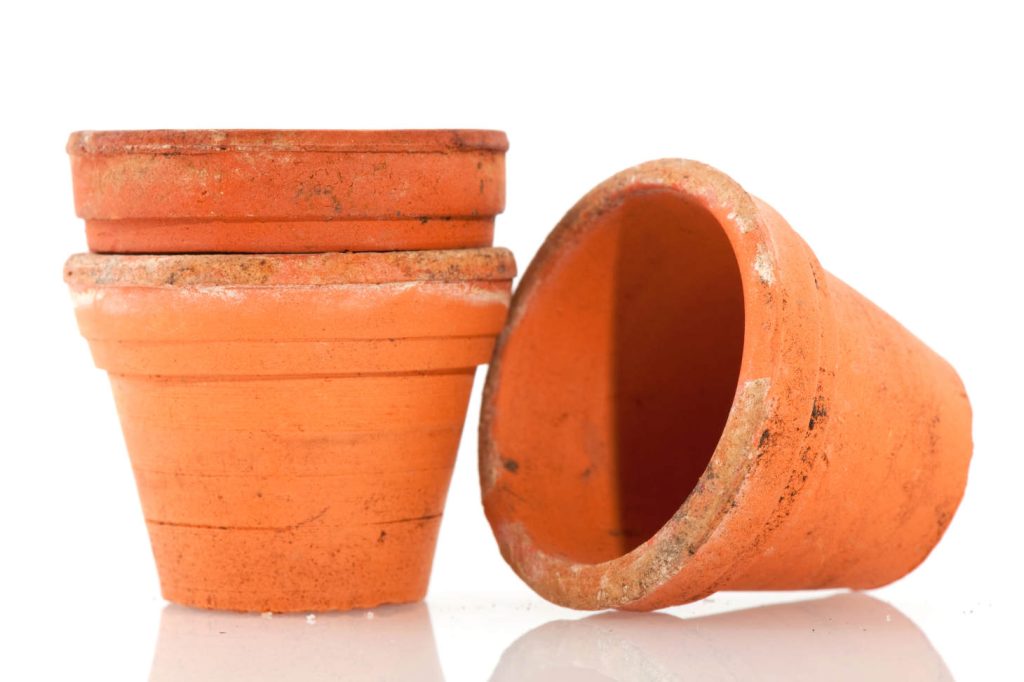
Your container choice directly affects plant health. Always use a pot with at least one drainage hole to prevent water buildup. Without this, roots may rot quickly.
Materials matter as well. Terracotta and concrete pots allow moisture to evaporate faster, which benefits succulents. Plastic or glazed ceramic pots retain water longer, so they may need less frequent watering but require extra care to avoid soggy soil.
Size also plays a role. Choose a container appropriate to the plant’s size. Many common, smaller succulents thrive in shallow containers because their root systems are small. Avoid oversized pots, since extra soil holds more water than the plants need.
Understanding Draining Soil and Potting Soil
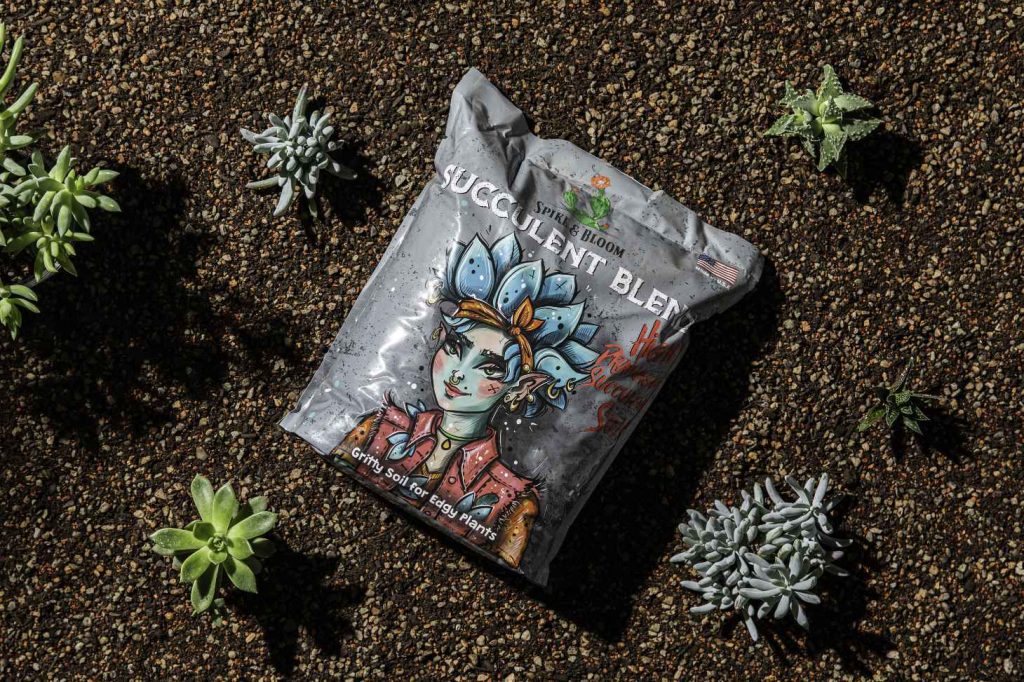
Succulents require soil that drains quickly. Regular garden soil holds too much water, which can damage roots. Instead, use a well-draining succulent potting mix. These blends usually contain coarse sand and perlite or pumice to improve drainage.
If you prefer to make your own, mix standard potting soil with coarse sand and perlite or pumice in a 3:2:1 ratio. This keeps the soil loose and prevents compaction.
Check moisture before watering. Insert your finger about 2 inches into the soil; water only when it feels dry. This simple habit keeps succulents healthy and reduces the chance of overwatering.
Creative Succulent Container Garden Design
You can create a succulent garden that feels unique by focusing on color, texture, and plant variety. Mixing succulents with flowers and hardy plants like sedum adds contrast, while thoughtful combinations make your container both practical and attractive.
Incorporating Color and Texture
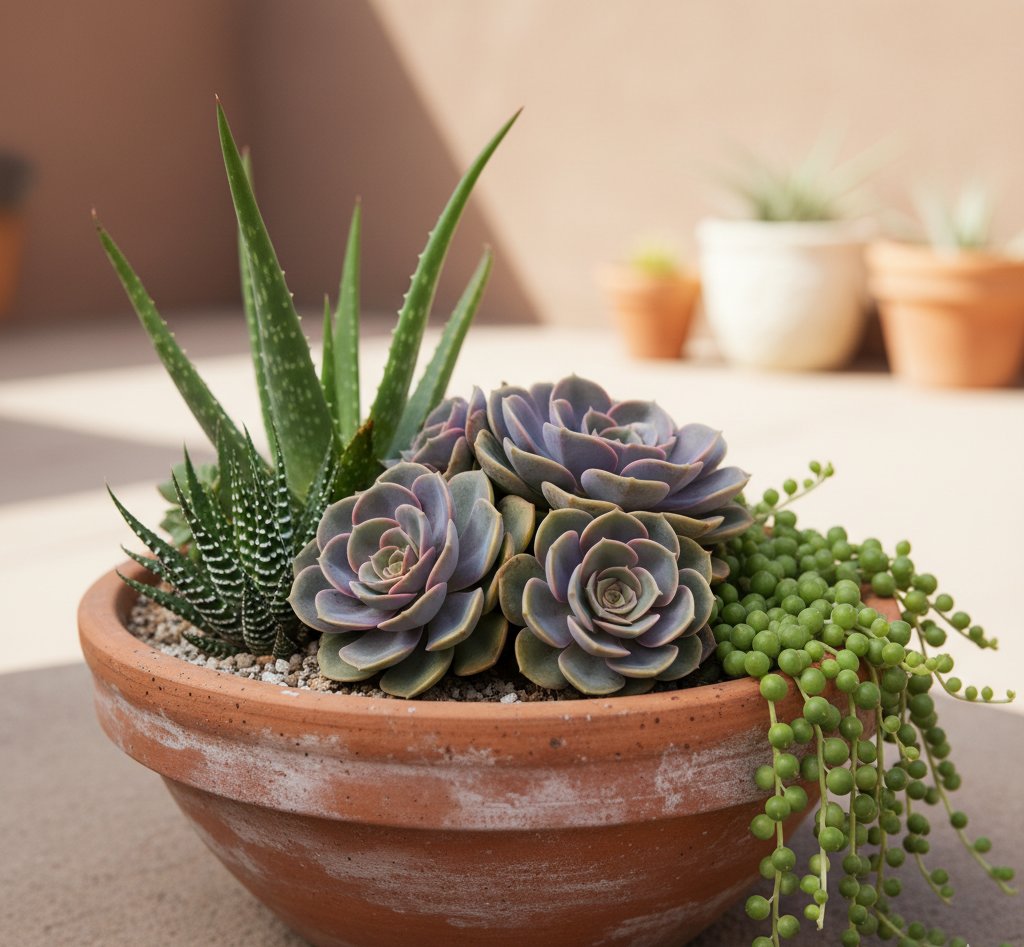
Succulents come in shades of green, blue, purple, red, and even orange. You can group plants with similar tones for a calm look or mix bold colors for contrast. For example, pair blue-gray echeveria with bright green aeonium to create balance.
Texture also plays a big role. Smooth, rosette-shaped succulents look striking next to spiky varieties like aloe or haworthia. Adding trailing plants such as string of pearls softens the edges of the container.
Use simple pairings to highlight differences:
| Smooth | Spiky | Trailing |
|---|---|---|
| Echeveria | Aloe | String of Pearls |
| Graptopetalum | Haworthia | Burro’s Tail |
By mixing textures, you give the container depth and make it more visually engaging from every angle.
Combining Succulents with Flowers
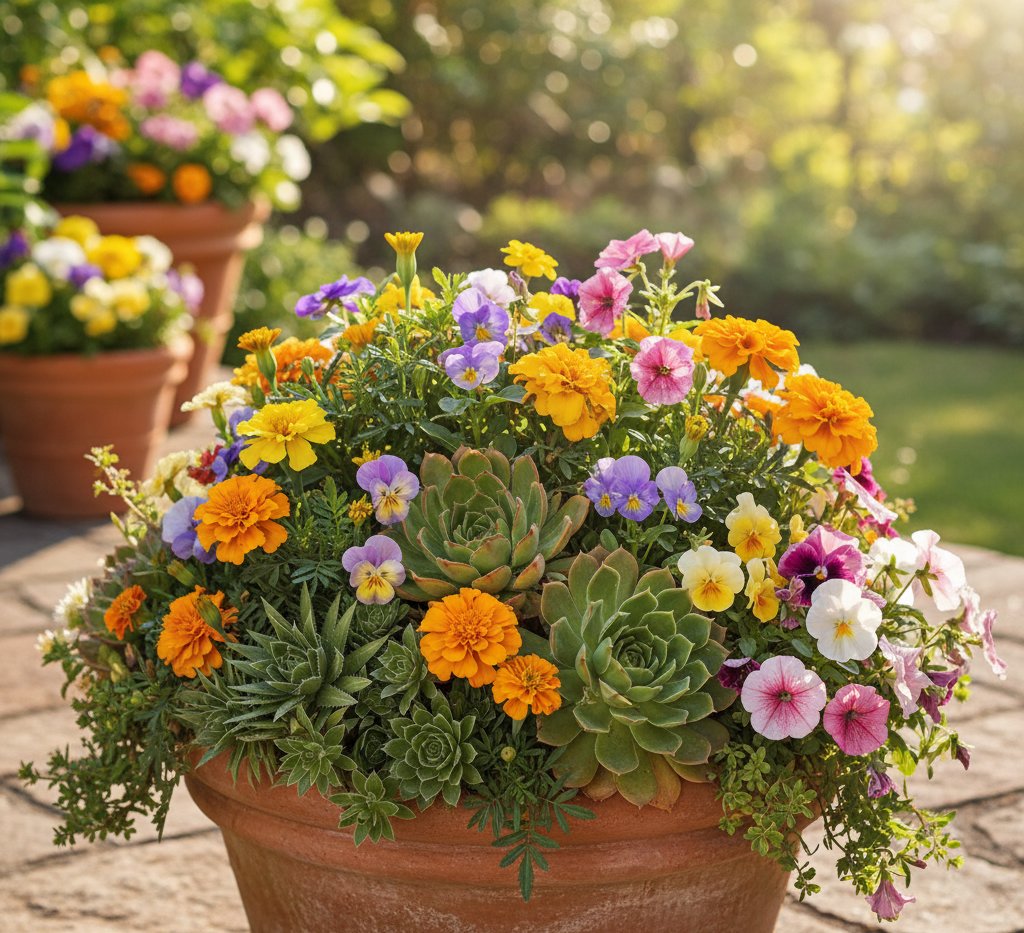
You can add seasonal flowers to your succulent garden for extra color and variety. Flowers such as marigolds, pansies, or petunias grow well in containers and provide blooms that contrast with the structured shapes of succulents.
When combining the two, choose flowers that tolerate dry soil and full sun. This keeps care simple and avoids overwatering, which can harm succulents. Place flowers near the edges of the container so their blooms spill outward while succulents remain the focal point.
Consider bloom timing as well. Succulents provide year-round structure, while flowers add bursts of color during specific seasons. This balance ensures your container looks fresh even when flowers fade.
Using Sedum and Other Plant Varieties
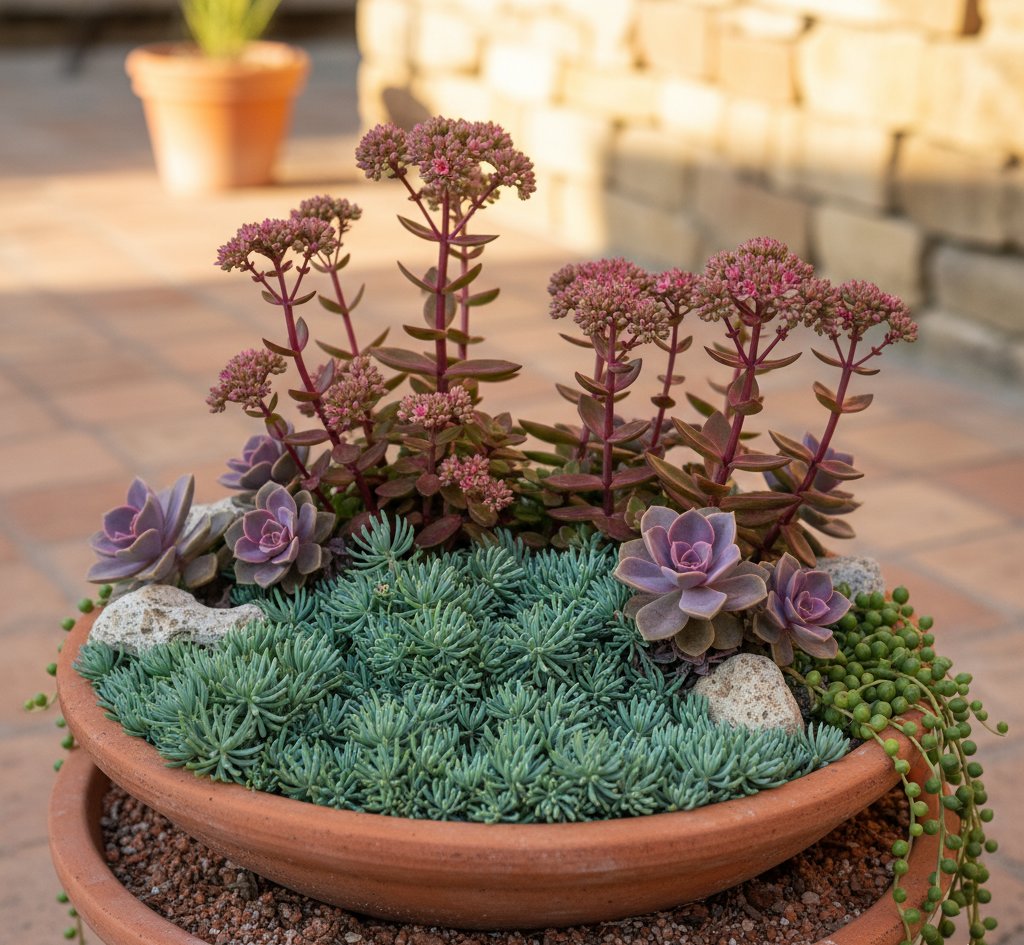
Sedum is a versatile choice because it comes in many forms, from upright clusters to low-growing mats. You can use it as ground cover in a shallow container or as filler between larger succulents. Its small leaves and drought tolerance make it easy to maintain.
Other useful plants include kalanchoe, which offers bold leaves and seasonal flowers, and sempervivum, which thrives in shallow soil. Mixing these with sedum creates contrast in height and growth pattern.
For a layered design, try this layout:
- Center: Tall succulents like aeonium or agave
- Middle: Medium plants such as kalanchoe or echeveria
- Edges: Low sedum varieties or trailing succulents
This arrangement gives your container a structured, balanced look while keeping maintenance simple.
Frequently Asked Questions
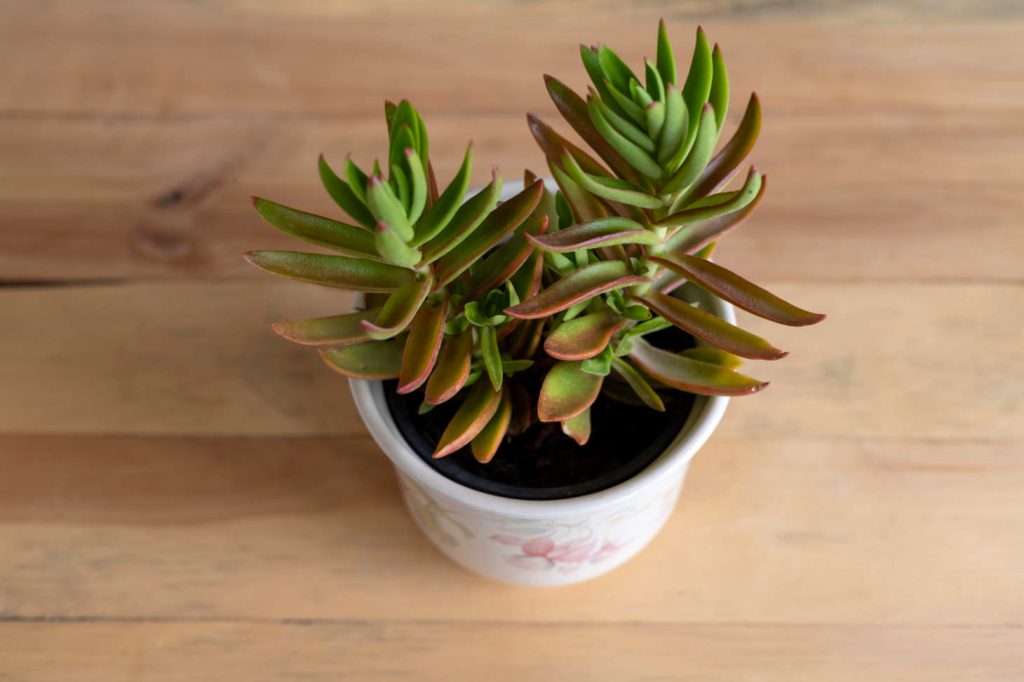
Successful succulent container gardening depends on using the right soil mix, proper watering methods, and choosing containers with good drainage. Temperature, fertilizing, and container size also play important roles in keeping your plants healthy.
What type of soil is best for growing succulents in containers?
Use a fast-draining soil mix to keep roots from sitting in water. A common blend includes potting soil mixed with coarse sand and perlite. This combination allows air to reach the roots while preventing excess moisture.
How often should I water succulents in container gardens?
Water only when the soil is completely dry. In warmer seasons, this can be more frequent than in cooler seasons, but always check the dryness first. Water deeply until moisture exits the drainage hole, then allow the soil to fully dry before the next watering.
Can succulents in containers survive cold temperatures?
Most succulents do not tolerate freezing weather. If you live in a cold climate, bring containers indoors before frost arrives. Hardy varieties may handle light freezes, but most need protection from extended cold.
What is the ideal container size for planting succulents?
Choose a container that is slightly larger than the plant’s root system. A pot that is too big can hold excess moisture, which raises the risk of root rot. Shallow containers often work well for many species, though some succulents with deeper taproots will need a deeper pot.
How do I prevent root rot in succulents when container gardening?
Make sure your container has drainage holes so water can escape. Use a well-draining soil mix designed for succulents and avoid watering too often. Empty any saucers under the pot so water does not collect at the bottom.
What are the best practices for fertilizing succulents in pots?
Apply a balanced, diluted fertilizer during the growing season, usually spring and summer. Fertilize about once a month at half the recommended strength. Avoid heavy feeding, as too much fertilizer can damage the plant or cause weak growth.

